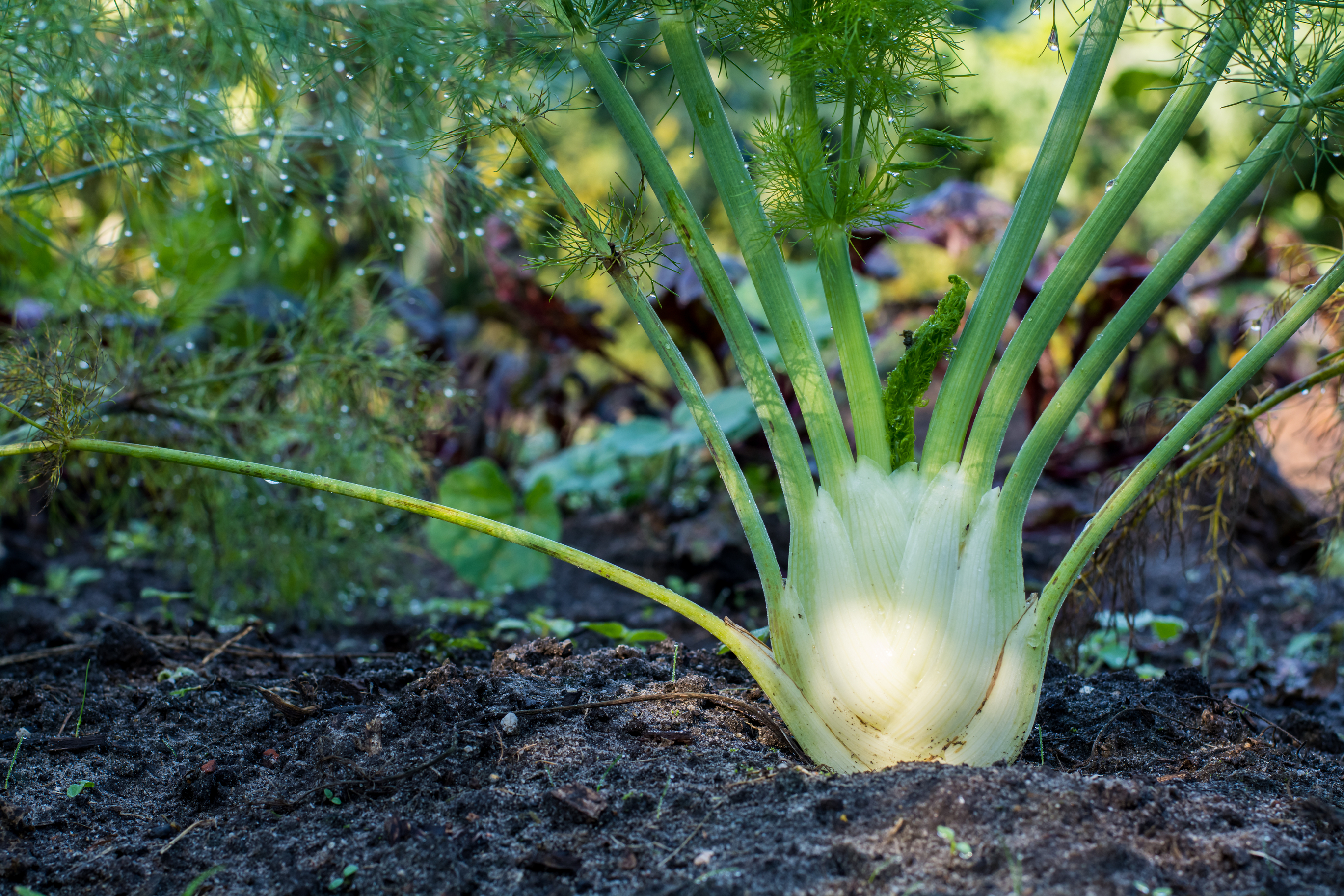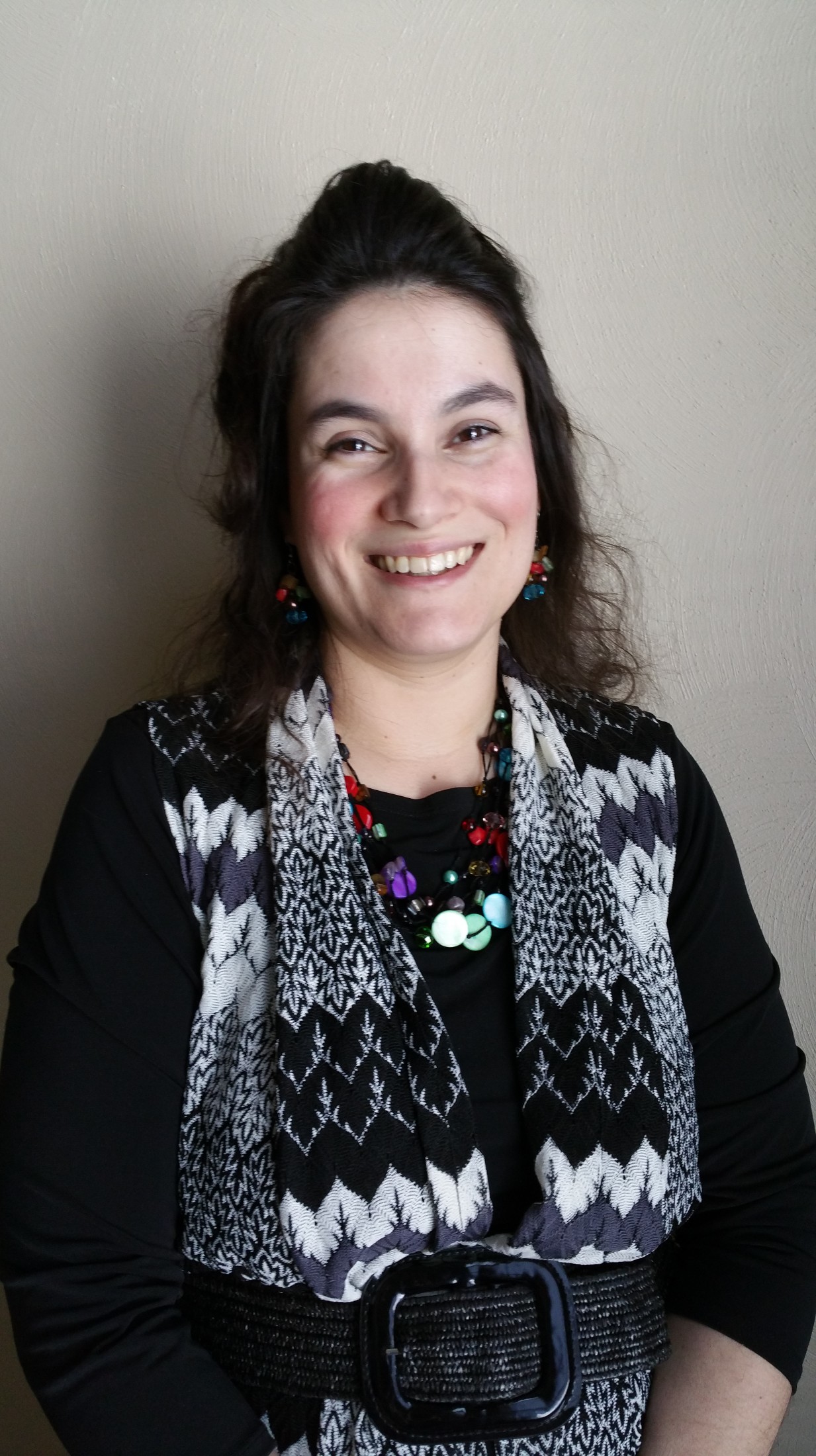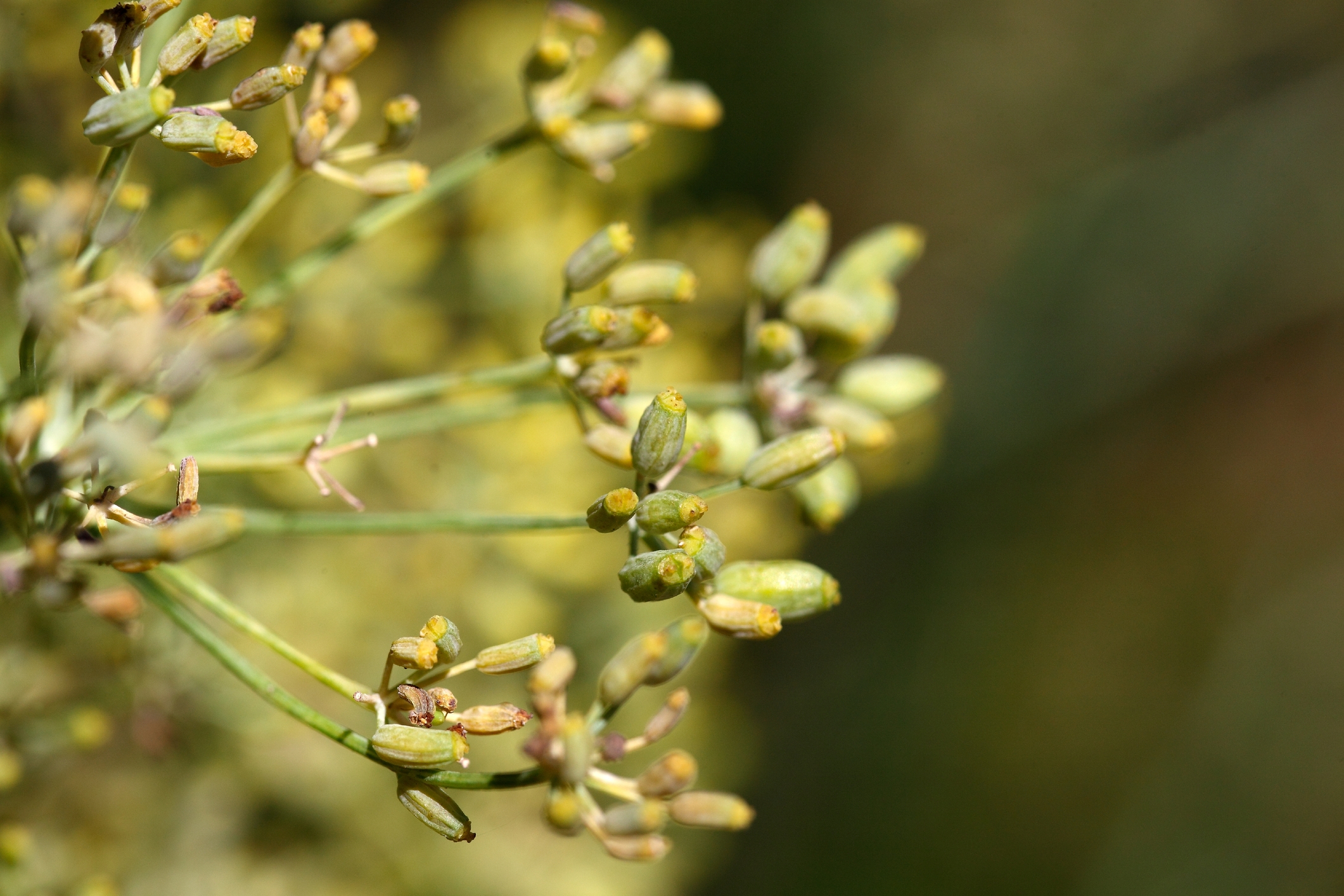Fennel: A Versatile Powerhouse of Nutrition
Posted on June 10, 2020 0
Fennel: A Versatile Powerhouse of Nutrition
By Marie Olson, RWP, NTP, CA
Fennel is an interesting and versatile plant. It has several uses culinarily, and also provides benefits herbally and aromatically.
Fennel (Foeniculum vulgare) is a perennial herb that is highly aromatic. It has been described as having the flavor of black licorice, or anise (Pimpinella anisum), but many find it to be much milder, which makes it suitable for a variety of applications. There are three different plant parts that are used in cooking: The seeds, the stalk/bulb, and the fronds.
Edible Parts of Fennel
The fronds resemble dill (Anethum graveolens) in both appearance and flavor. That makes sense, since both fennel and dill are from the Apiaceae family, which includes celery (Apium graveolens), parsley (Petroselinum sativum), and coriander (Coriandrum sativum). It is also a relative of anise (Pimpinella anisum), which it resembles both physically and aromatically. The fronds are often used as a garnish, and can be eaten raw. The bulb can be cooked or eaten raw, and it is delicious sautéed, used in stews, or eaten raw in salads, adding an additional layer of flavor with the mild taste of anise that it possesses. The stalks can be used for soups, stocks, and stews. The seeds are used in many cultures for flavoring different dishes. They can even be used in toothpaste! The seeds are actually the dried fruits of the plant and are one of the common ingredients found in sausage making.¹,²
Fennel Vitamins and Minerals
Fennel is high in fiber, low in calories, and contains Vitamins B3 (Niacin), B5 (Pantothenic Acid) B9 (Folate) and C, along with the minerals calcium, copper, iron,  magnesium, manganese, molybdenum, phosphorus, and potassium. It’s considered an excellent source of Vitamin C, and is a very good source of dietary fiber. The seeds are a rich source of protein. It is high in antioxidants, and possesses anti-inflammatory properties. Fennel has many benefits for one’s health and it is an easy addition to meals that can be used in a variety of ways. Additionally, fennel is also a great choice for those with digestive discomfort; it helps to alleviate indigestion. Its oil (taken from the seeds) and extracts have been shown to be antifungal and antibacterial in animal studies, though additional research is needed for humans.²
magnesium, manganese, molybdenum, phosphorus, and potassium. It’s considered an excellent source of Vitamin C, and is a very good source of dietary fiber. The seeds are a rich source of protein. It is high in antioxidants, and possesses anti-inflammatory properties. Fennel has many benefits for one’s health and it is an easy addition to meals that can be used in a variety of ways. Additionally, fennel is also a great choice for those with digestive discomfort; it helps to alleviate indigestion. Its oil (taken from the seeds) and extracts have been shown to be antifungal and antibacterial in animal studies, though additional research is needed for humans.²
How to Select and Store Fennel
Fennel is typically available year-round, with peak season being autumn through early spring. It is best stored in the refrigerator to maintain freshness. It will last about four days refrigerated and is best stored before washing; wash just before using it. It is best to select fennel by looking at the bulb: Is it clean? Firm to the touch/solid? There should be no signs of splitting, bruising or spotting on the bulb. It should be white or pale green in color. The stalks should be relatively straight, firm and close to the bulb, without spreading too much. The stalks and fronds should be green, and it should smell fragrant, like anise or licorice. If you notice flowering buds, this may mean it is past its maturity. Dried fennel seeds can be stored in an airtight container in a cool place for up to 6 months.²
One of my favorite ways to use fennel raw is in a salad. It provides a fabulous flavor and crunch! My favorite recipe using it cooked, hands down, is Tuscan White Bean and Sausage Stew.
Tuscan White Bean and Sausage Stew
(Adapted from 29 Minutes to Dinner, Volume 1 from The Pampered Chef)
Ingredients:
1-pound mild Italian Sausage
2-3 medium carrots, peeled
1 medium bulb fresh fennel, bulb and stalks
1 (14.5-oz.) can diced tomatoes, undrained
2 cups of chicken broth (vegetable broth may be used in place of chicken broth for vegetarian option)
4 cloves of garlic, minced or pressed
2 (15-oz.) cans cannellini beans (white kidney beans), drained and rinsed
Fresh basil, to taste
Instructions for Making: In a stock pot or Dutch oven, brown sausage until golden brown, stirring occasionally. Chop carrots in half lengthwise, then crosswise. Rough chop fennel bulb and stalks so it is similar size to the carrots. Add to pot and cook for 3-5 minutes, or until they become fragrant. Add garlic and cook until it starts to sizzle and “speak.” Stir in tomatoes and broth. Drain and rinse beans and add to pot. Bring to a boil, reduce to a simmer. Simmer, uncovered, for about 10-12 minutes until vegetables are tender. While stew simmers, ribbon cut basil (roll several leaves together and cut cross-wise). Remove dish from heat, add stew to bowls, and garnish with basil to taste. Serve immediately.
References
1. “Fennel.” Wikipedia, Wikimedia Foundation, Accessed 15 Jan. 2020, en.wikipedia.org/wiki/Fennel.
2. “Fennel.” The World's Healthiest Foods: The Force for Change to Optimal with Health-Promoting Foods and Nutrient-Rich Cooking, by George Mateljan, George Mateljan Foundation, 2015, pp. 288–293.
About Marie Olson: 
After several years of working as a Special Investigator, Marie went back to school to become a Functional Nutritional Therapy Practitioner (FNTP). She always had an interest in natural medicine, holistic health, and how things work, and felt called to learn more about foundational holistic nutrition. A friend of hers introduced her to essential oils while she was studying to be an FNTP. She took her first aromatherapy class in 2015 with Aromahead Institute School of Essential Oil Studies.
After completing FNTP training, she opened a private practice and taught Culinary Nutrition at the Culinary Institute of Virginia, where she discovered that teaching was a passion of hers! Additionally, in her private practice, she combined her investigation skills with her nutrition and teaching passions, and helped people get to the root cause of their digestive and health issues. She became the first Certified Aromatherapist in Guam in 2018. She currently teaches aromatherapy classes and works in private practice as an FNTP and Certified Professional Aromatherapist. Essential oils are a perfect complement to her nutrition practice, and she loves custom making products to serve her clients’ needs! Marie is the NAHA regional director for Hawaii and Guam. Learn more about Marie at: www.NutriSimplicity.com
Comments
Please Log In to post comments
